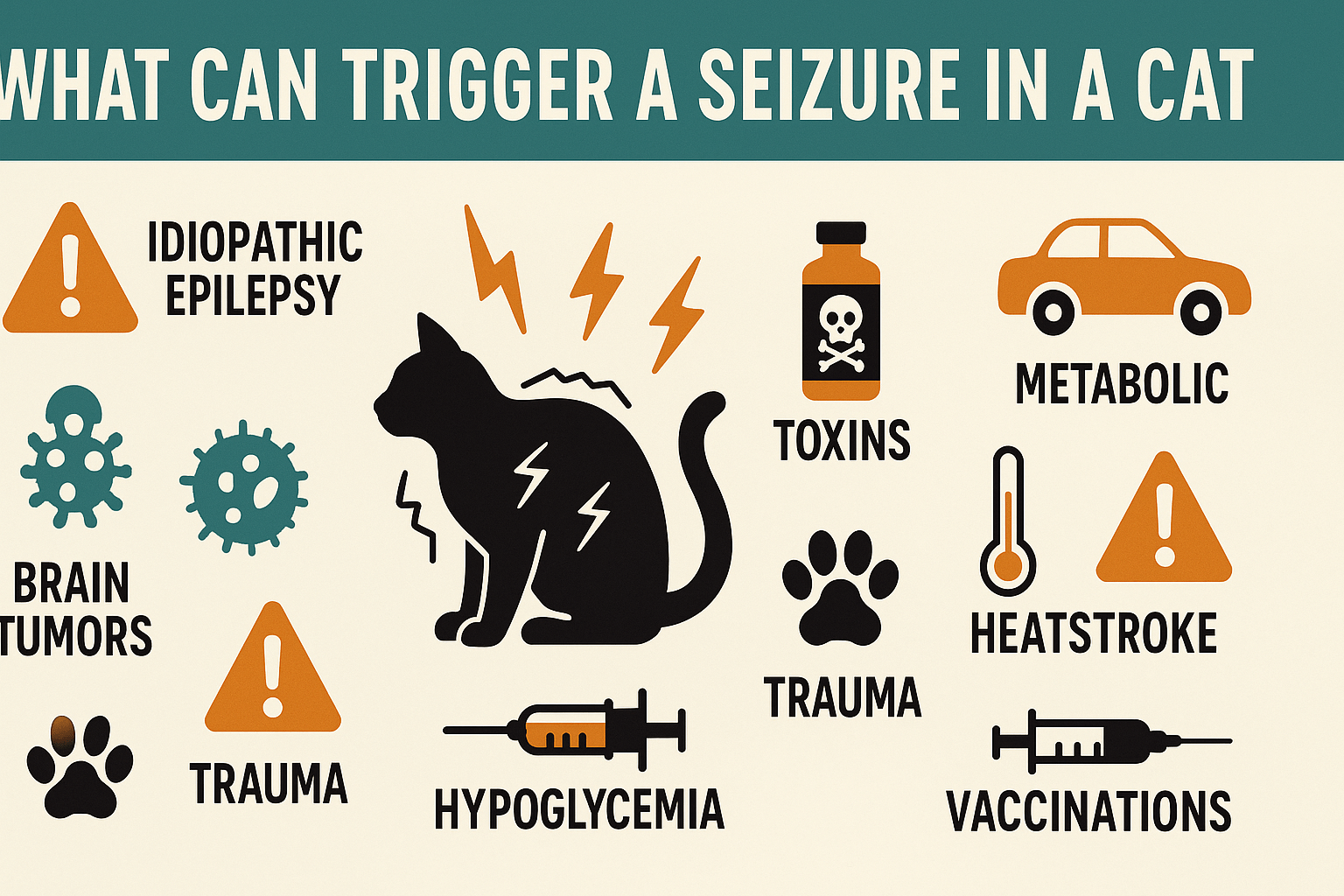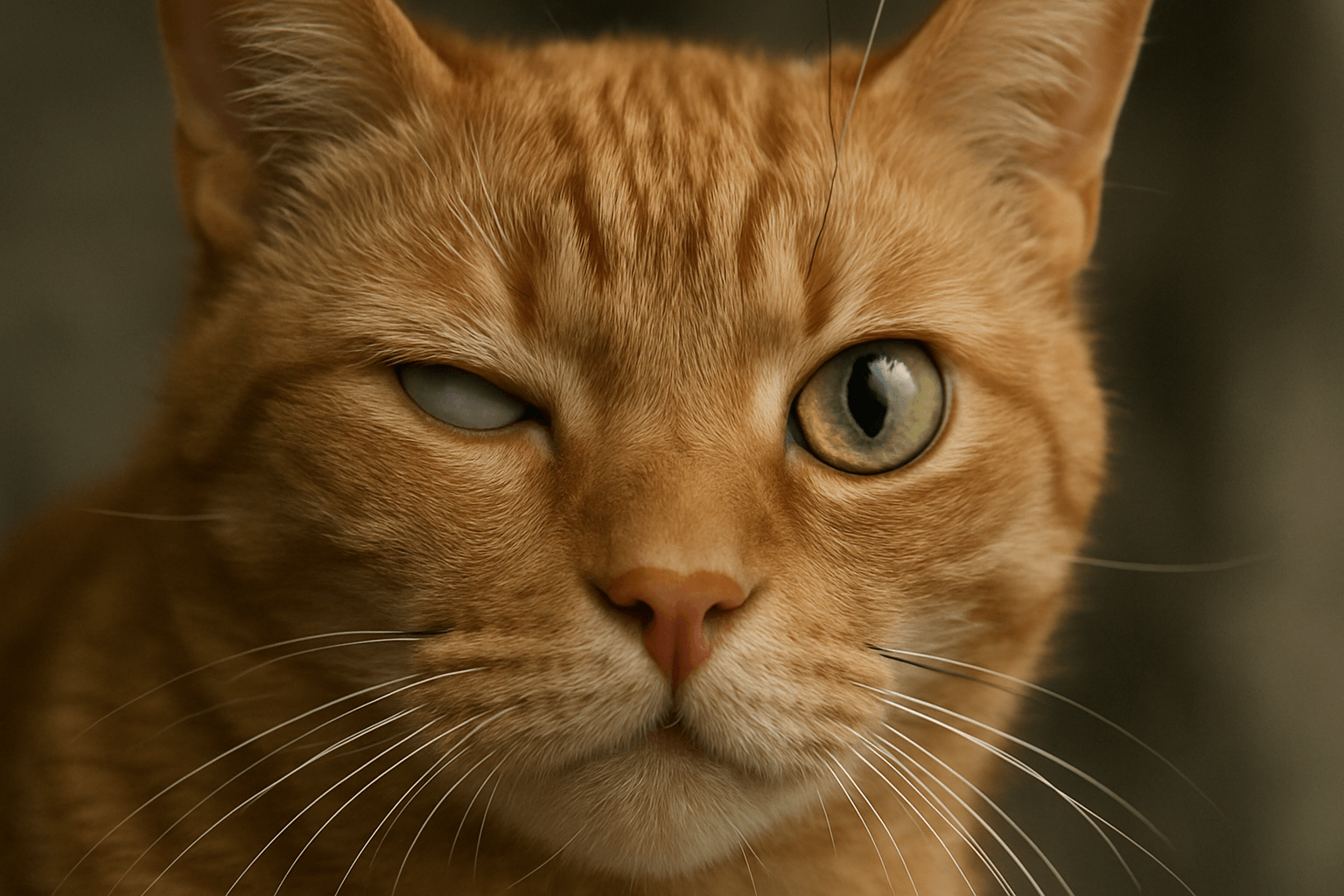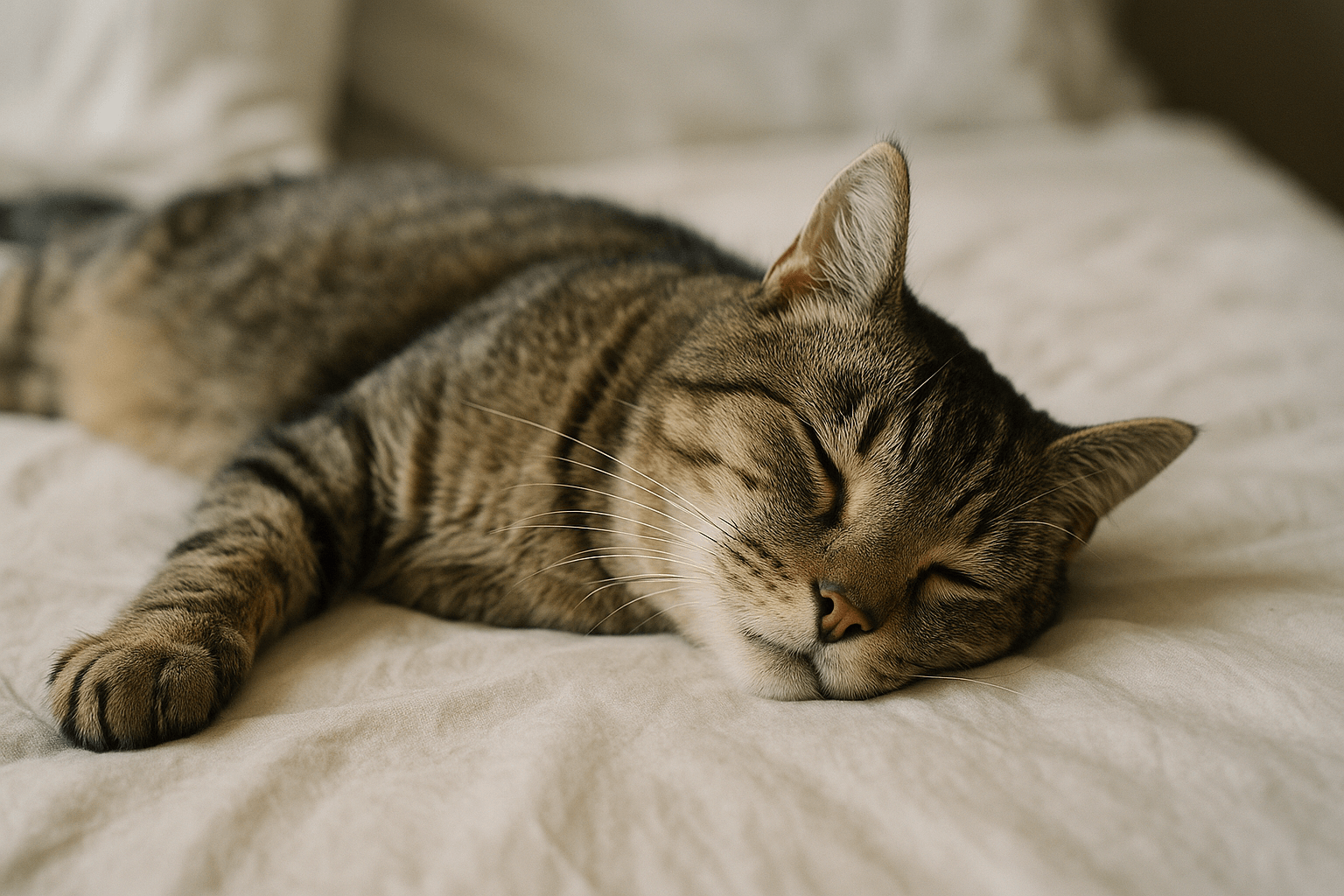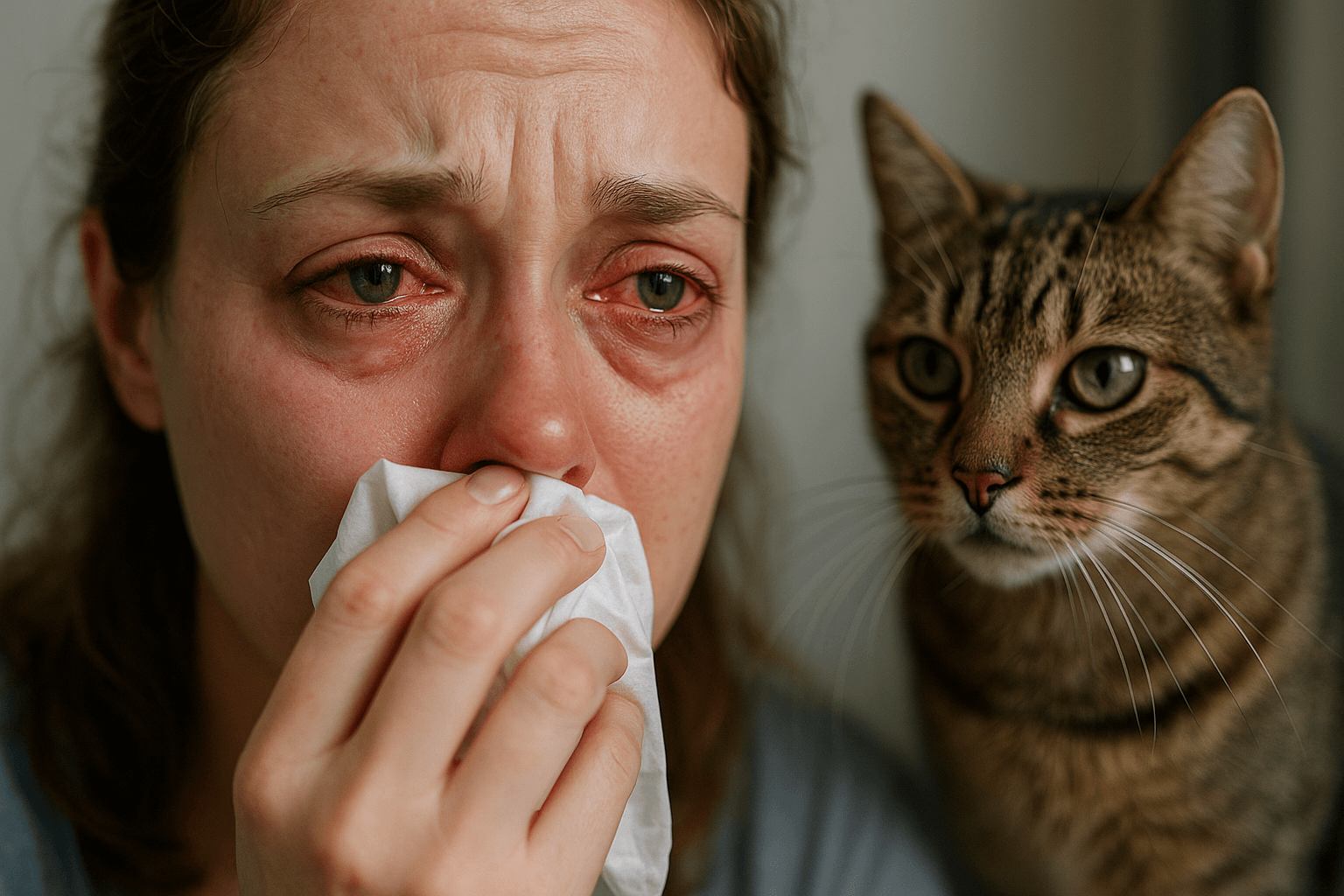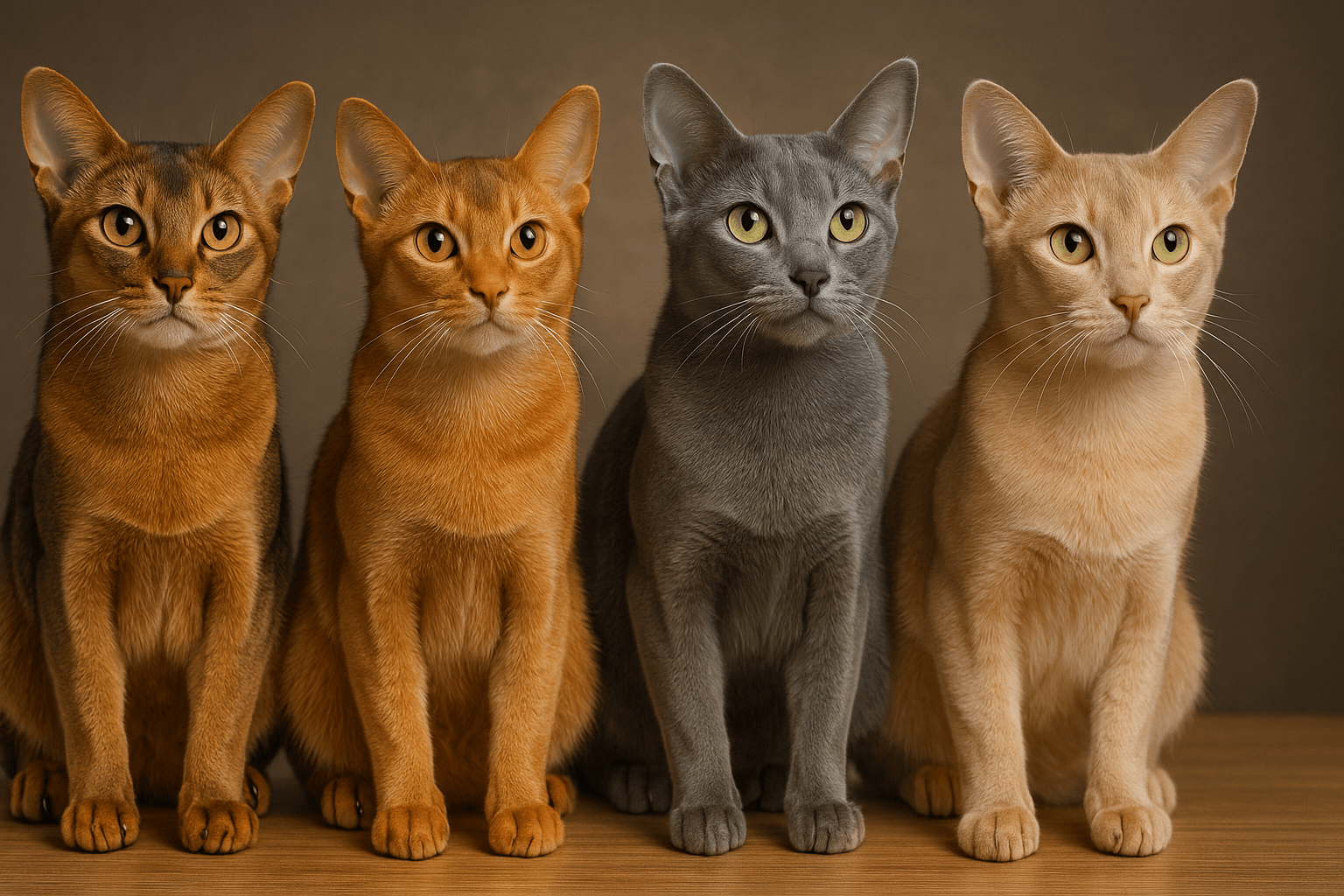What Can Trigger a Seizure in a Cat?
Seizures in cats can be alarming and confusing for pet owners, but understanding the potential triggers is the first step toward ensuring your feline friend’s well-being. While seizures are relatively rare in cats compared to dogs, they can still occur due to a variety of underlying causes.
These episodes may range from mild twitching to full-blown convulsions, leaving owners wondering what could have caused such a frightening event. In this blog post, we’ll explore the common triggers of seizures in cats, how to identify them, and what steps you can take to protect your furry companion. Whether you’re a seasoned cat owner or new to feline care, this guide will help you navigate this complex issue with confidence and compassion.
Expert Insight on Seizures in Cats
“A seizure is defined as a sudden, uncontrolled electrical disturbance in the brain that can lead to behavioral changes and a change in levels of consciousness. Seizures of any kind are frightening to watch, especially when they happen to our feline friends. In general, seizures themselves are usually not life-threatening unless they are violent or prolonged.”
Common Triggers of Seizures in Cats
Seizures in cats can stem from a wide range of factors, many of which are linked to their health or environment. Identifying these triggers is crucial for preventing future episodes and ensuring your cat receives the care they need.
Epilepsy:
Idiopathic epilepsy, a condition with no known cause, can lead to recurrent seizures in cats. It’s more common in certain breeds but can affect any cat.Toxin Exposure:
Cats are highly sensitive to toxins like household cleaners, plants (e.g., lilies), and medications. Ingesting these substances can trigger seizures.Brain Injuries:
Trauma to the head, such as from a fall or accident, can damage brain tissue and increase the likelihood of seizures.Infections:
Bacterial, viral, or fungal infections that affect the brain, such as feline infectious peritonitis (FIP) or toxoplasmosis, can lead to seizures.Metabolic Disorders:
Conditions like liver disease, kidney failure, or diabetes can disrupt brain function and result in seizure activity.
Understanding these common triggers allows you to take proactive measures to minimize risks and seek timely veterinary care when needed.
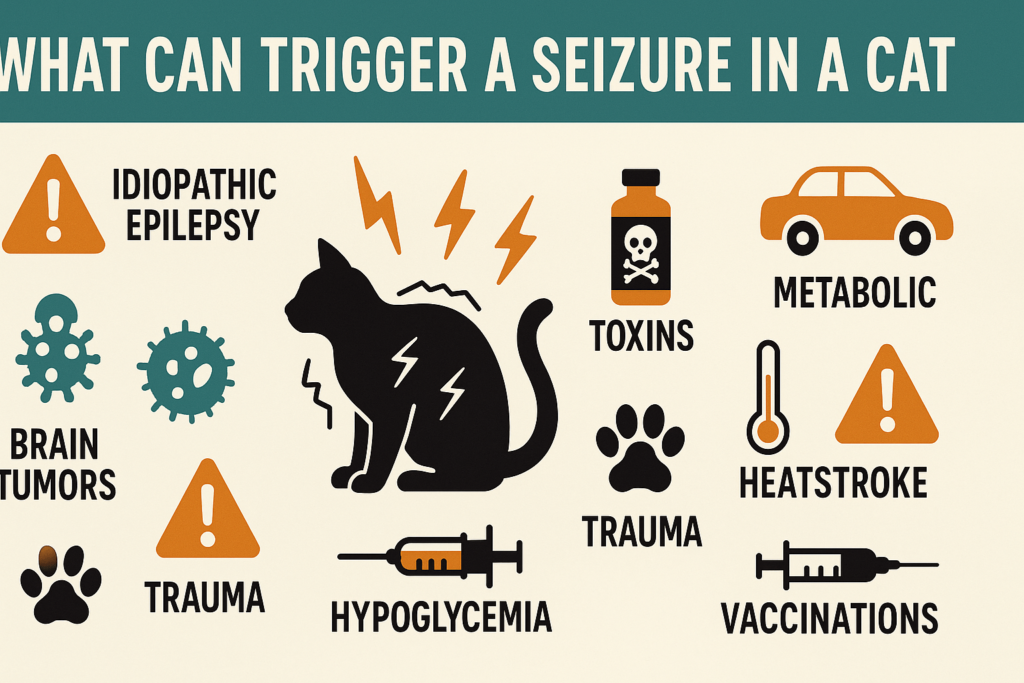
Environmental Factors That May Cause Seizures
While medical conditions are often the primary culprits behind seizures, environmental factors can also play a significant role. Being mindful of your cat’s surroundings can help reduce the likelihood of seizure-inducing incidents.
Extreme Stress:
Sudden changes in routine, loud noises, or unfamiliar environments can overwhelm cats and potentially trigger seizures in susceptible individuals.Temperature Extremes:
Overheating or exposure to extreme cold can strain your cat’s body, potentially leading to neurological issues and seizures.Poor Nutrition:
A diet lacking essential nutrients or containing harmful additives may impact brain health and contribute to seizure activity.Exposure to Pesticides:
Chemicals used in flea treatments or garden pesticides can be toxic to cats and increase the risk of seizures.Household Hazards:
Cats exploring areas with small objects, electrical cords, or toxic plants may accidentally ingest harmful items that trigger seizures.
By addressing these environmental factors, you can create a safer and more stable living space for your cat.
Check this guide 👉Understanding Cat Seizures: Best 7 Expert Tips!
Check this guide 👉Ataxia in Cats: Best 7 Expert Tips!
Check this guide 👉Hyperthermia in Cats: Best 7 Expert Tips!
Medical Causes of Seizures | Preventive Measures |
|---|---|
Epilepsy | Regular vet check-ups to monitor health |
Toxin Exposure | Keep toxic substances out of reach |
Brain Injuries | Supervise playtime and avoid high falls |
Infections | Vaccinate against preventable diseases |
Metabolic Disorders | Maintain a balanced diet and hydration |
Signs Your Cat May Be Experiencing a Seizure
Recognizing the signs of a seizure is essential for providing prompt care and minimizing stress for your cat. Familiarize yourself with these common symptoms to act quickly if an episode occurs.
Unusual Muscle Twitching:
Sudden, involuntary muscle movements in the face, legs, or body may indicate the onset of a seizure.Loss of Consciousness:
Some cats may collapse or appear unresponsive during a seizure, which can be distressing to witness.Drooling or Foaming at the Mouth:
Excessive salivation or foaming is often observed during seizure episodes.Paddling Movements:
Cats may exhibit repetitive paddling motions with their limbs while lying on their side.Behavioral Changes Beforehand:
Signs like confusion, restlessness, or staring into space can precede a seizure and serve as warning signals.
Knowing these signs empowers you to respond calmly and effectively during a seizure episode.
Steps to Take During and After a Seizure
If your cat experiences a seizure, staying calm and taking appropriate action is critical for their safety and recovery. Follow these steps to ensure the best outcome.
Move Objects Away:
Clear the area around your cat to prevent injury from nearby furniture or sharp objects.Do Not Restrain Them:
Avoid holding or restraining your cat during a seizure, as this can cause harm to both you and your pet.Time the Episode:
Use your phone to time the seizure—episodes lasting longer than five minutes require immediate veterinary attention.Comfort Afterward:
Once the seizure ends, gently comfort your cat and keep them in a quiet, safe space to recover.Contact Your Vet:
Schedule a vet visit to determine the underlying cause and discuss treatment options moving forward.
These steps help you manage seizures effectively while prioritizing your cat’s well-being.
Types of Seizures in Cats
Seizures in cats can manifest in different ways, each with unique characteristics. Understanding these types helps you identify and address episodes more effectively.
Generalized Seizures:
These involve the entire body and include symptoms like loss of consciousness and paddling movements.Partial Seizures:
Also known as focal seizures, these affect only one part of the body, such as twitching in a single limb.Psychomotor Seizures:
These seizures cause unusual behaviors, such as excessive licking, biting, or running in circles, often mistaken for normal quirks.Cluster Seizures:
Multiple seizures occurring in a short period can indicate a serious underlying issue requiring immediate attention.Status Epilepticus:
A prolonged seizure lasting more than five minutes is a medical emergency that requires urgent veterinary care.
Recognizing these types ensures you respond appropriately to each situation.
Foods to Avoid for Cats Prone to Seizures
Certain foods can worsen seizure risks in cats, making dietary management an important aspect of prevention. Here’s what to avoid feeding your feline friend.
High-Sodium Foods:
Excess salt can disrupt electrolyte balance and increase seizure susceptibility.Artificial Additives:
Preservatives and colorings found in processed foods may negatively impact brain health.Raw Fish or Meat:
These can carry parasites or bacteria that lead to infections, indirectly triggering seizures.Chocolate or Caffeine:
Toxic to cats, these substances can overstimulate the nervous system and induce seizures.Onions and Garlic:
These ingredients damage red blood cells and compromise overall health, potentially worsening seizure risks.
A balanced, species-appropriate diet supports brain function and reduces seizure likelihood.
Breeds More Susceptible to Seizures
While seizures can occur in any cat, certain breeds are genetically predisposed to conditions that increase their risk. Awareness of these breeds helps owners stay vigilant.
Siamese Cats:
Known for their intelligence, Siamese cats are prone to epilepsy and other neurological disorders.Persians:
This breed has a higher incidence of polycystic kidney disease, which can lead to seizures.Maine Coons:
Large and majestic Maine Coons are susceptible to hypertrophic cardiomyopathy, sometimes linked to seizures.Burmese Cats:
Burmese cats have a genetic predisposition to certain metabolic disorders that may trigger seizures.Mixed-Breed Cats:
While less predictable, mixed-breed cats can inherit traits that increase seizure risks from their lineage.
Understanding breed-specific risks allows for tailored care and early detection of potential issues.
Frequently Asked Questions About Seizures in Cats
Are seizures painful for cats?
Seizures themselves are not typically painful, but the aftermath may leave your cat feeling disoriented or sore.
Can stress alone cause seizures?
While stress doesn’t directly cause seizures, it can exacerbate existing conditions that make seizures more likely.
Is there a cure for epilepsy in cats?
There is no cure for idiopathic epilepsy, but medication can help manage symptoms and reduce seizure frequency.
How can I prevent toxin exposure?
Store chemicals securely, use pet-safe products, and keep toxic plants out of reach.
When should I see a vet?
Consult your vet immediately after a seizure, especially if it’s the first occurrence or lasts longer than five minutes.
Prioritizing Your Cat’s Health and Happiness
Seizures in cats can be distressing, but understanding their triggers and knowing how to respond can make all the difference. By staying vigilant about your cat’s health, maintaining a safe environment, and seeking professional guidance when needed, you can help minimize the risk of seizures and ensure your feline companion leads a happy, healthy life. Remember, early intervention and consistent care are key to managing this challenging condition. With love, patience, and attention, you can provide the support your cat needs to thrive.
Why Is My Cats Second Eyelid Showing? Best 7 Expert Tips! Understand causes, health signs, and how to respond when your cat’s third eyelid becomes visible.
How Do I Know If My Cat Died Peacefully? Best 7 Expert Tips! Discover the quiet signs of a peaceful feline passing and find comfort in their final moments.
Cat Allergy Eyes: Best 7 Expert Tips! Discover why your eyes react to cats and learn proven strategies for relief—without giving up your feline friend.
Why Do Abyssinian Cat Colors Matter? Best 7 Expert Tips! Discover the genetics, rare hues, and care secrets behind Abyssinian coat colors for a healthier, happier cat.

